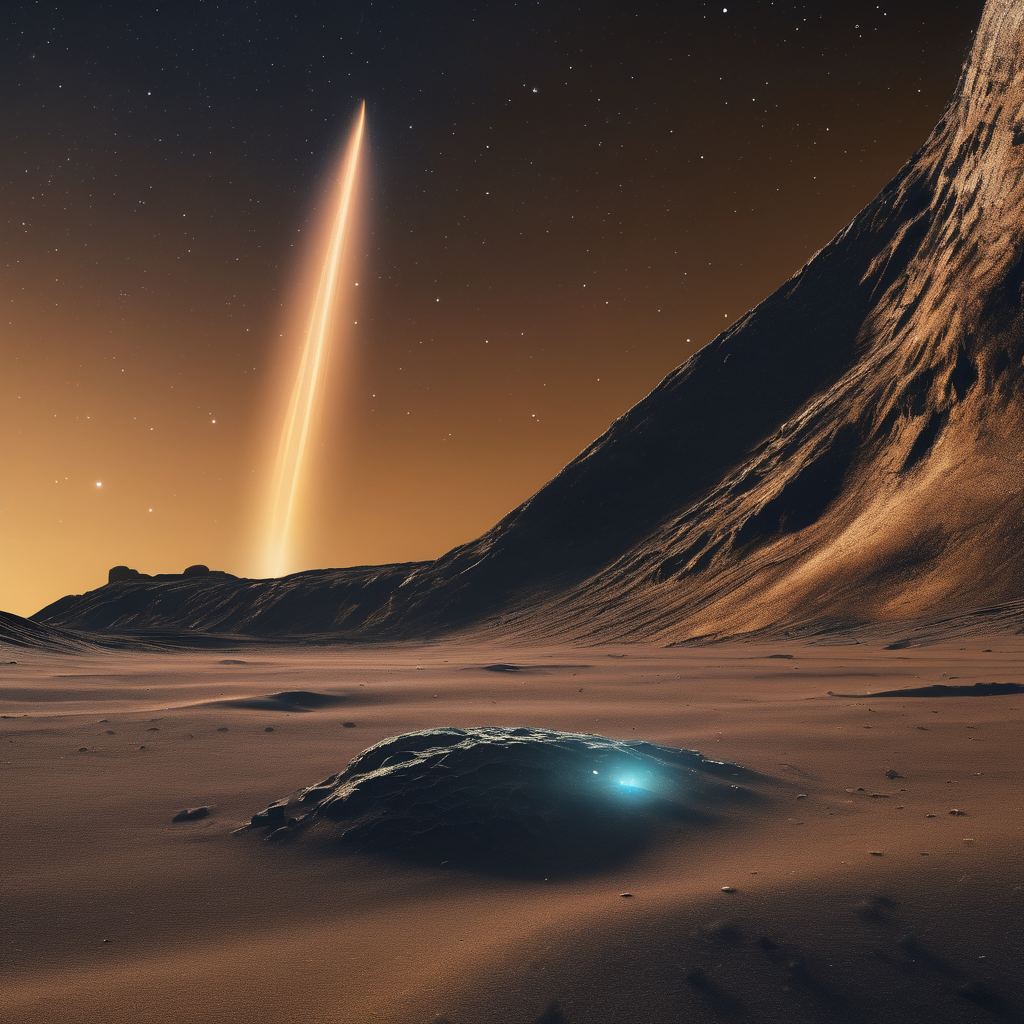The interstellar comet 3I/ATLAS presents a rare opportunity for astronomers to study an ancient remnant from deep space as it travels through our Solar System. However, the comet will soon become invisible to Earth-based telescopes as it journeys to the Sun’s opposite side, not reappearing until December 2025. Despite this, astronomers are optimistic about potential insights using various spacecraft scattered throughout the Solar System.
3I/ATLAS is thought to be a relic from the Milky Way’s ‘cosmic noon,’ dating back 9–13 billion years ago when intense star formation occurred. Understanding this comet could shed light on stellar and planetesimal formation processes during a critical point in the galaxy’s history.
As the comet reaches its closest and potentially most active phase near the Sun, astronomers plan to rely on spacecraft already in orbit around Mars, Jupiter, and even the Sun itself. These spacecraft can provide observations that might reveal more about the comet’s composition and behavior.
The Emirates Mars Mission, NASA’s MAVEN, and ESA’s Mars Express and ExoMars Trace Gas Orbiter are some of the Mars missions poised to observe 3I/ATLAS. Using ultraviolet and other spectrometers, they aim to gather data on the comet’s volatile activity and chemical makeup.
Similarly, Jupiter missions like NASA’s Juno, Europa Clipper, and ESA’s Jupiter Icy Moons Explorer (Juice) are set to gain views of 3I/ATLAS, especially with Juice poised for November 2025 observations using several instruments. Coordination between these missions could further enhance the data collected.
On the Sun-facing front, spacecraft such as NASA’s Parker Solar Probe and the SOHO (Solar and Heliospheric Observatory) may capture images of the comet as it nears the Sun. However, it is anticipated that 3I/ATLAS might be too faint for some of these observations.
Other missions, including Psyche, Hera, and Lucy, may also contribute to glimpsing or even studying aspects of the comet. All these efforts underline the strategic placement and capability of our space exploration instruments, ready to exploit any chance visit from objects like 3I/ATLAS.
With our diverse array of spacecraft, humanity stands well-positioned to study this rare cosmic visitor. This global network of observatories represents an invaluable tool for understanding our universe, offering a hopeful outlook for uncovering the mysteries of interstellar objects.
In this way, astronomers and space scientists harness the collective capability of existing missions, leveraging multiple perspectives to capture and analyze the fleeting yet insightful passage of 3I/ATLAS.
